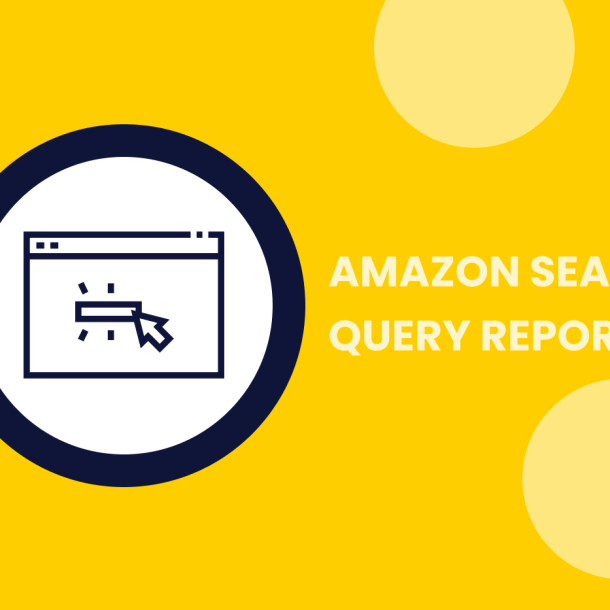
How to Use Session Data to Refine Amazon SEO
Introduction
In today’s competitive e-commerce landscape, mastering Amazon SEO is essential for enhancing visibility, driving organic traffic, and ultimately boosting conversions. One underutilized yet powerful resource at your disposal is session data—valuable information that reveals how shoppers interact with your Amazon listings. By understanding and acting on session metrics, you can elevate your listing’s relevance and ranking. In this guide, you’ll discover actionable insights to leverage session data effectively and see real results.

What Is Session Data and Why It Matters
Session data captures user behavior during their visit to your listing—including page views, add-to-cart events, and purchase actions. This data illuminates customer intent and engagement patterns, giving you a clear window into what’s working—and what isn’t. Using this data helps refine product titles, bullet points, backend keywords, and images to better match shopper expectations and Amazon’s A9 algorithm.
Key Metrics to Monitor
Focus on these vital metrics:
Listing Views – Total number of times your detail page was seen.
Sessions – Unique shopper visits to your product listing within a 24-hour window.
Unit Session Percentage – The ratio of units sold per session, indicating how effectively your listing converts views into purchases.
Conversion Rate – Overall sales divided by sessions, a strong gauge of listing performance.
Monitoring trends over time reveals whether optimizations are improving shopper engagement.
Step-by-Step Strategy to Refine Amazon SEO Using Session Data
1. Identify Underperforming Listings
First, pinpoint products with low unit session percentages compared to category averages. Use Amazon Seller Central’s Business Reports to compare your performance metrics.
2. Audit Titles and Bullet Points
If views are high but purchases are low:
Revise your title to better reflect shopper intent. For example, incorporate high-value keywords like “ergonomic office chair adjustable lumbar support” rather than just “office chair.”
Refresh bullet points with benefits-first copy that matches common search terms—for example: “Enhanced lumbar cushioning for all-day comfort,” “Quick-release levers for effortless height adjustment,” and so on.
3. Revise Backend Keywords
Analyze session search terms to identify specific phrases shoppers are using but that your listing currently lacks. Adding those terms to your backend search fields can improve indexing and relevancy.
4. Optimize Images
Low conversion with high views might signal image trouble. Swap in lifestyle shots or comparison charts that clearly communicate size, uses, or benefits—potentially improving engagement.
5. Monitor and Iterate
After implementing changes, track session data and conversion rates for at least one to two weeks. If performance improves, roll out similar tweaks across other listings. If not, revisit and A/B test alternative approaches.

Advanced Tactics for Deeper Insights
Seasonal Trend Adjustments: Adjust your listings based on seasonality. For example, boosting keywords like “back-to-school desk lamp” during late summer can align content with buyer intent.
Competitor Benchmarking: Analyze top competitor listings to identify missing session-relevant keywords or content formats to adopt.
Shopping Insights Integration: Use tools like Seller Central’s Search Terms Report to discover trending phrases. Also consider consulting e-commerce guides—Shopify’s SEO guide is excellent for understanding how session signals impact search rankings on other platforms, reinforcing the importance of user behavior as a ranking factor.
Pro Tips for Maximizing Impact
Prioritize changes that address low unit session percentages first—they’re the clearest indicators of poor conversion.
Use Amazon Advertising data alongside session metrics to identify high-impact keywords that drive traffic but haven’t yet translated to purchases.
Keep changes incremental—this means adjusting one element at a time (e.g., title, image) to track impact accurately.
Document what works. Create a mini playbook of tested tactics, seasonal considerations, and keyword variations that you can apply across your catalog.
Example Workflow: Real-World Application
Product: Memory foam neck pillow
Observation: High listing views, low unit session percentage.
Title Update: From “Memory Foam Neck Pillow” to “Travel-Ready Ergonomic Memory Foam Neck Pillow – Cool-Touch, Washable Cover.”
Bullet Highlights:
“Ergonomic support contours to your neck for improved comfort and posture”
“Cool-touch fabric keeps you refreshed even on long flights”
“Removable, washable cover simplifies upkeep”
Results: Sessions remain stable; unit session percentage and conversions increase noticeably.

Conclusion
Harnessing session data empowers you to make evidence-based improvements to your Amazon listings, ensuring that not only do shoppers find your products, but they also convert. By strategically refining titles, bullets, images, and keywords—and linking to high-quality resources like Shopify’s SEO guidance—you build listings that resonate with customers and rank higher organically. With consistency and clarity, you’ll see your visibility and conversion rates climb.














